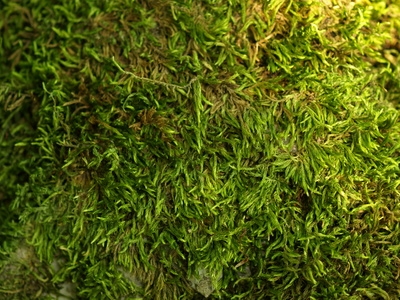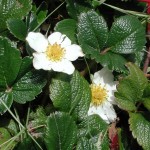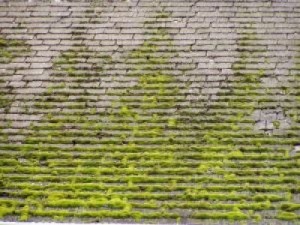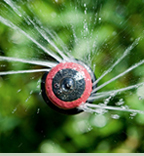Pruning Japanese maples
March 17, 2011 @ 8:14 am
 Japanese maples rank among my favorite plants. They provide spectacular fall color, are easy to grow, thrive in our temperate Northwest climate, and don’t need much maintenance, except for some selective pruning each year. We have five Japanese maples on our property. Two are upright bloodgood maples whose purple-red leaves turn a brilliant crimson during the fall. The centerpiece, however, is a mature Crimson Queen laceleaf maple planted in front of the house. It has a graceful, weeping shape, with delicate layers that let in light from bottom to top. I’m particularly fond of this specimen, because it was one of the first I purchased and planted when I moved into the house seven years ago.
Japanese maples rank among my favorite plants. They provide spectacular fall color, are easy to grow, thrive in our temperate Northwest climate, and don’t need much maintenance, except for some selective pruning each year. We have five Japanese maples on our property. Two are upright bloodgood maples whose purple-red leaves turn a brilliant crimson during the fall. The centerpiece, however, is a mature Crimson Queen laceleaf maple planted in front of the house. It has a graceful, weeping shape, with delicate layers that let in light from bottom to top. I’m particularly fond of this specimen, because it was one of the first I purchased and planted when I moved into the house seven years ago.
Because of their delicate appearance, Japanese maples may seem difficult to care for. In truth, they don’t need much — just well-drained moist soil and some protection from afternoon sun (though some varieties will tolerate full sun). These are hardy plants that do well in containers, if given water during the summer drought months. Most varieties grow well in the Northwest without much fertilizers. If you do fertilize, go easy on nitrogen fertilizers which stimulate growth and makes pruning more of a challenge.
 To some, pruning Japanese maples can seem an art form. But really, it doesn’t take much expertise – only a good pair of pruning shears and some patience. Some experts say to avoid pruning maples in the winter when cuts on the trees are more likely cause it to ooze sap. We follow the advice of Cass Turnbull, with Seattle-based PlantAmnesty, widely considered the pruning expert in the Northwest. (Her pruning guide, by the way, is one of the books all gardeners should have on hand). Turnbull says any time is a good time for selective pruning of Japanese maples, but these trees are most easily pruned in the winter and summer. In an excellent article published in Fine Gardening, she writes:
To some, pruning Japanese maples can seem an art form. But really, it doesn’t take much expertise – only a good pair of pruning shears and some patience. Some experts say to avoid pruning maples in the winter when cuts on the trees are more likely cause it to ooze sap. We follow the advice of Cass Turnbull, with Seattle-based PlantAmnesty, widely considered the pruning expert in the Northwest. (Her pruning guide, by the way, is one of the books all gardeners should have on hand). Turnbull says any time is a good time for selective pruning of Japanese maples, but these trees are most easily pruned in the winter and summer. In an excellent article published in Fine Gardening, she writes:
With the leaves out of the way in winter, it is easy to see the branch structure and, in turn, make the right cuts. In summer, however, you can judge the right amount of thinning needed to see the tree’s bones. Summer pruning also stimulates less plant growth than winter pruning, so you can get away with a little more and the tree will stay thinned out longer.
Turnbull’s advice for pruning maples involves a lot of math and fractions, but they’re good rules to keep in mind: don’t take off more than 1/5 of the maple’s crown; don’t prune any branch that is more than half the diameter of the parent stem; don’t remove more than 1/4 of leaves on a given branch, since the leaves provide the plant with nutrients.
As with most pruning jobs, start by removing dead branches, branches that have criss-crossed, branches that are too vertical or horizontal, or those that touch the ground or crowd into other plants or hardscape. You want to be able to see between overlapping branch layers. Turnbull says if you plan to remove the lowest branches of your tree, take out only a few each time otherwise you’ll end up stressing out the plant. If you take one limb out, don’t take the one either directly above it or directly opposite in the same year. You often see Japanese maples pruned into an umbrella or mushroom shape, or not pruned at all so that they resemble a tumbleweed. There’s nothing delicate or pretty in this. Don’t try to hack off the top of the tree, otherwise, you’ll get lots of tiny branches that look like a mess.
Filed under Seattle Landscape Maintenance Permalink · No Comments »








